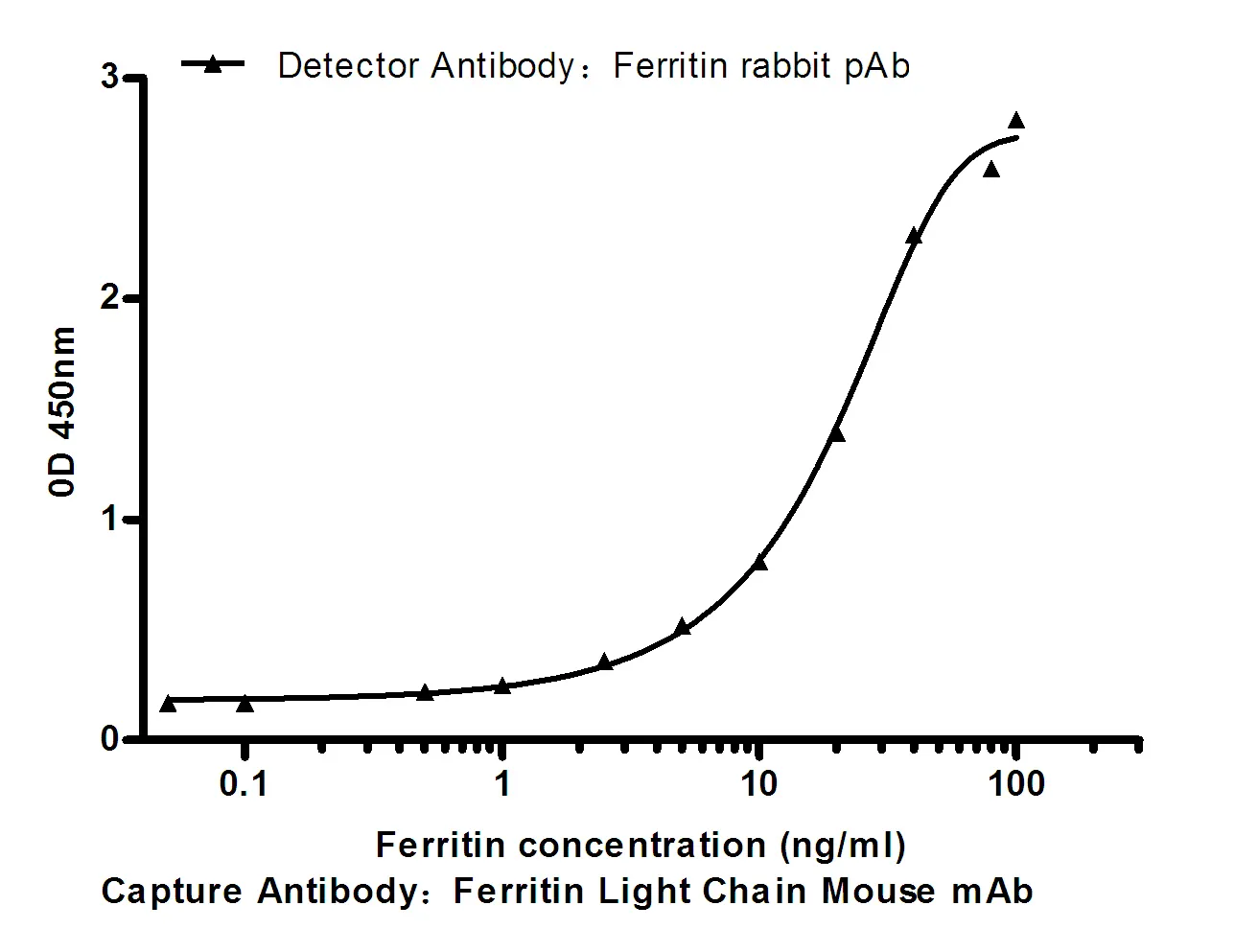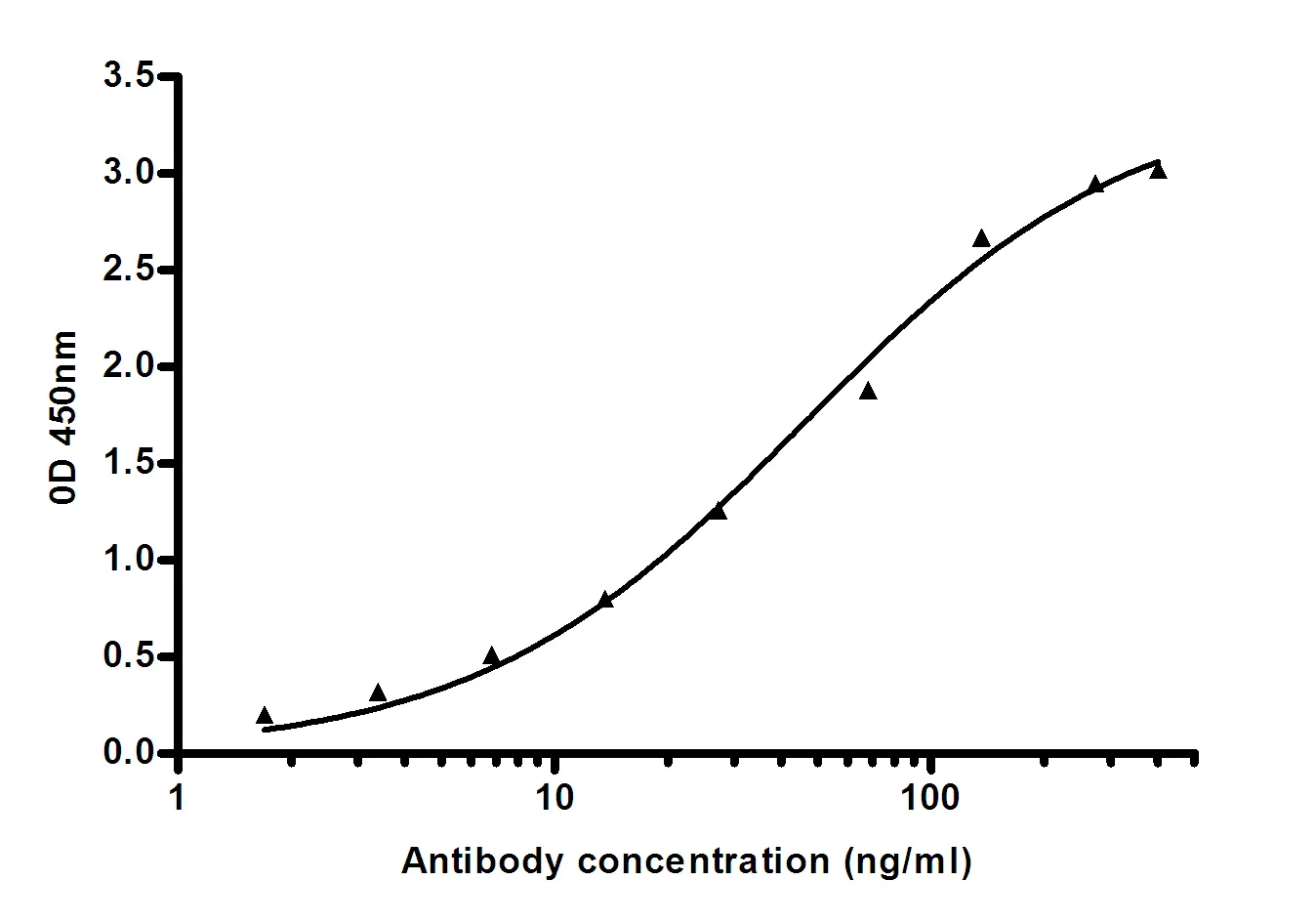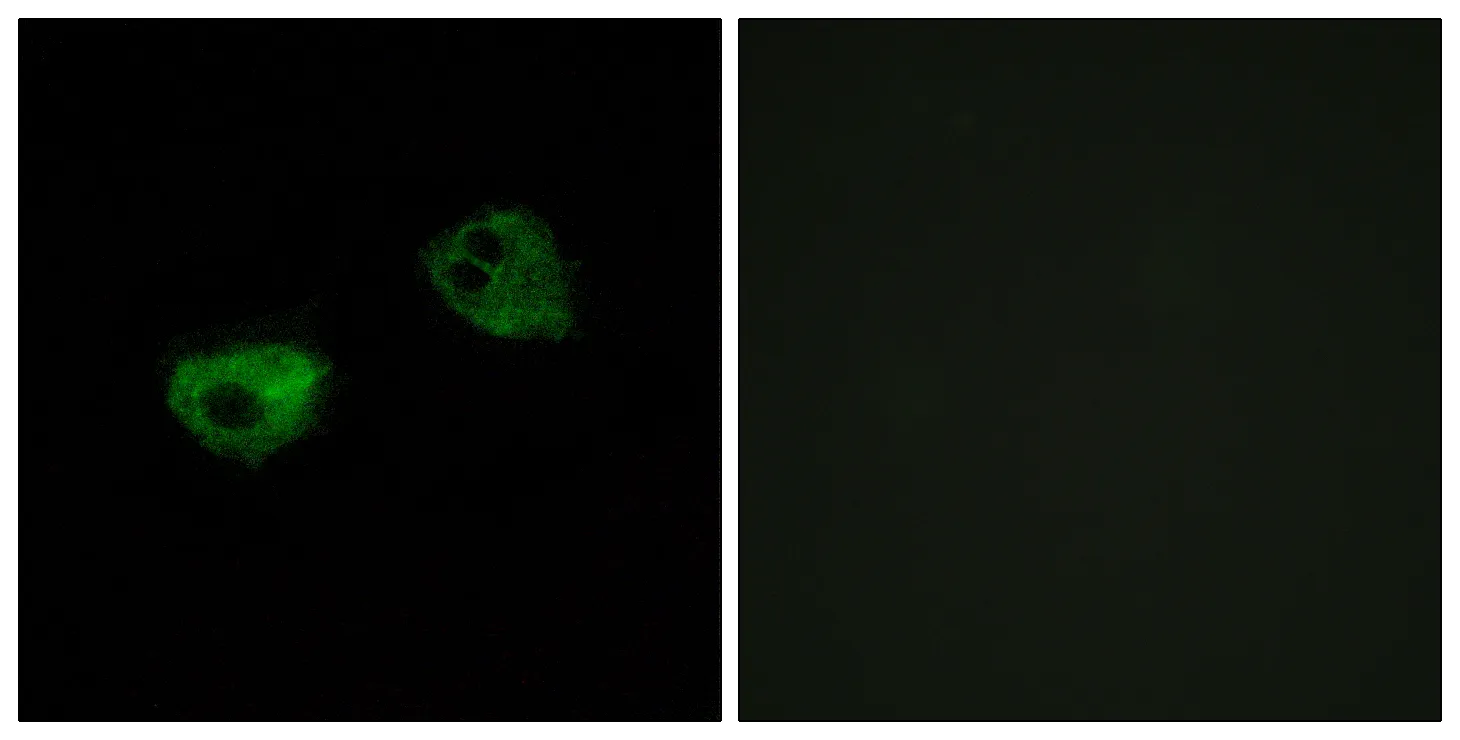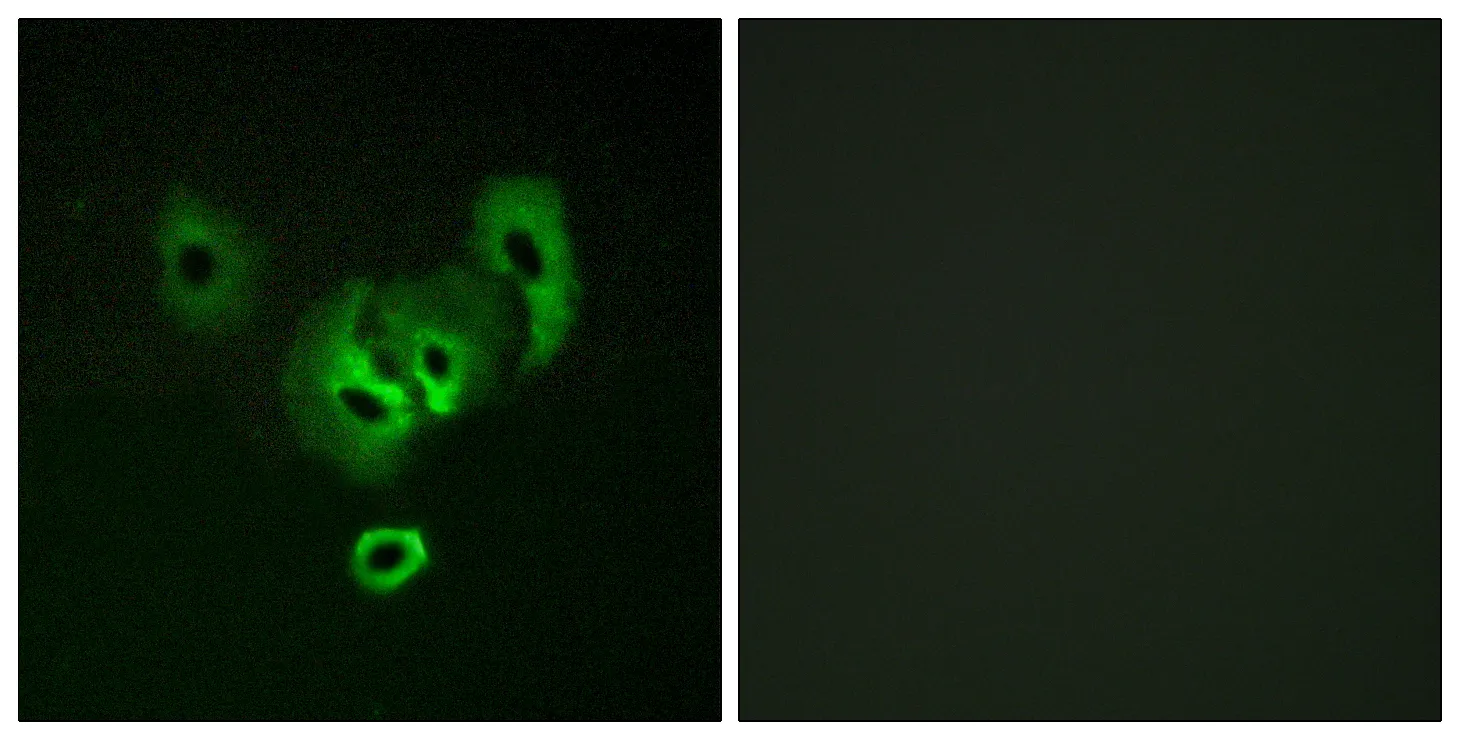Summary
Performance
Immunogen
Application
Background
The protein encoded by this gene is a member of the TNF-receptor superfamily. This receptor has been shown to activate NF-kappaB through its interaction with adaptor proteins TRAF2 and TRAF5. Knockout studies in mice suggested that this receptor promotes the expression of apoptosis inhibitors BCL2 and BCL2lL1/BCL2-XL, and thus suppresses apoptosis. The knockout studies also suggested the roles of this receptor in CD4+ T cell response, as well as in T cell-dependent B cell proliferation and differentiation. [provided by RefSeq, Jul 2008],function:Receptor for TNFSF4/OX40L/GP34.,similarity:Contains 4 TNFR-Cys repeats.,subunit:Interacts with TRAF2, TRAF3 and TRAF5.,
Research Area
Cytokine-cytokine receptor interaction;




